-
 Bitcoin
Bitcoin $117400
1.88% -
 Ethereum
Ethereum $3867
5.29% -
 XRP
XRP $3.081
2.58% -
 Tether USDt
Tether USDt $1.000
0.03% -
 BNB
BNB $779.7
0.92% -
 Solana
Solana $171.8
2.11% -
 USDC
USDC $0.9999
0.01% -
 Dogecoin
Dogecoin $0.2172
5.80% -
 TRON
TRON $0.3413
1.41% -
 Cardano
Cardano $0.7641
3.06% -
 Hyperliquid
Hyperliquid $39.69
3.62% -
 Sui
Sui $3.731
6.73% -
 Stellar
Stellar $0.4125
3.55% -
 Chainlink
Chainlink $18.23
8.86% -
 Bitcoin Cash
Bitcoin Cash $579.5
1.41% -
 Hedera
Hedera $0.2538
4.02% -
 Ethena USDe
Ethena USDe $1.001
0.00% -
 Avalanche
Avalanche $22.81
2.82% -
 Litecoin
Litecoin $121.7
1.10% -
 UNUS SED LEO
UNUS SED LEO $8.962
-0.33% -
 Toncoin
Toncoin $3.324
2.94% -
 Shiba Inu
Shiba Inu $0.00001263
2.30% -
 Uniswap
Uniswap $10.24
4.95% -
 Polkadot
Polkadot $3.780
3.09% -
 Dai
Dai $1.000
0.03% -
 Bitget Token
Bitget Token $4.432
1.64% -
 Cronos
Cronos $0.1493
3.87% -
 Monero
Monero $256.7
-9.05% -
 Pepe
Pepe $0.00001092
3.99% -
 Aave
Aave $279.0
6.11%
What is the automatic position reduction mechanism of Gate.io contract? How to reduce the risk of being reduced?
Gate.io's ADL system auto-reduces positions during extreme market volatility to maintain platform stability, affecting traders based on leverage and unrealized profits.
May 06, 2025 at 12:21 pm
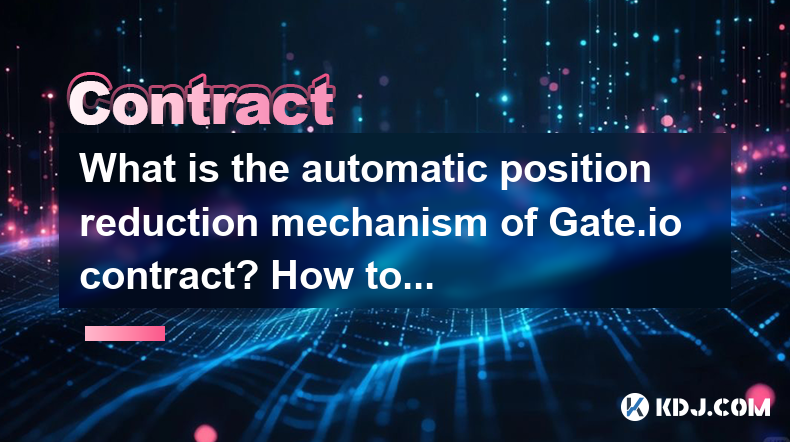
The automatic position reduction mechanism, also known as the auto-deleveraging (ADL) system, is a critical feature implemented by Gate.io for managing its futures and perpetual contracts. This system is designed to maintain the stability of the trading platform by automatically reducing positions of certain users when the market experiences extreme volatility. In this article, we will delve into the specifics of Gate.io's ADL mechanism and provide strategies to minimize the risk of being affected by it.
Understanding the Automatic Position Reduction Mechanism
The primary purpose of the ADL system is to ensure that the platform can handle large market movements without collapsing. When the market moves significantly, and the platform faces a risk of insolvency due to a trader's inability to meet margin requirements, the ADL system steps in. It automatically closes out positions of traders who have taken the opposite side of the trade to those who are unable to meet their margin calls.
The ADL system works on a tiered basis, where traders are categorized into different levels based on factors such as their unrealized profit/loss, leverage, and the size of their positions. Those with the highest unrealized profits and the highest leverage are typically the first to be affected by the ADL system.
How Does the ADL System Work on Gate.io?
On Gate.io, the ADL system is triggered when the platform needs to liquidate positions to maintain solvency. The system identifies traders who are on the opposite side of the trade from those facing liquidation and begins to close their positions. This process is automatic and happens in milliseconds to prevent cascading liquidations.
The order of ADL is determined by a scoring system that considers the unrealized profit/loss, leverage, and position size of each trader. Traders with the highest scores are the first to be auto-deleveraged. This scoring system aims to be as fair as possible, but it can still result in unexpected losses for traders who are affected.
Strategies to Reduce the Risk of Being Reduced
To minimize the risk of being affected by the ADL system, traders need to adopt several strategies. Here are some practical steps that can be taken:
Monitor Leverage Levels: Keeping leverage low reduces the likelihood of being targeted by the ADL system. High leverage increases the risk of being auto-deleveraged, especially during volatile market conditions.
Manage Position Sizes: Smaller position sizes are less likely to be targeted by the ADL system. Traders should avoid taking large positions that could make them more vulnerable to auto-deleveraging.
Use Stop-Loss Orders: Implementing stop-loss orders can help manage risk and prevent positions from reaching levels that could trigger the ADL system. A well-placed stop-loss can limit losses and reduce the risk of being auto-deleveraged.
Diversify Trading Strategies: By diversifying trading strategies and not relying on a single type of trade, traders can spread their risk and reduce the impact of the ADL system on their overall portfolio.
Monitoring Your Position on the ADL Queue
Gate.io provides tools for traders to monitor their position on the ADL queue. By accessing the trading interface, users can view their ADL score and understand their risk of being auto-deleveraged. This information can be crucial in making informed trading decisions.
To check your ADL position, follow these steps:
- Log into your Gate.io account and navigate to the futures or perpetual contract trading section.
- Select the specific contract you are trading.
- Look for the ADL queue section within the trading interface. This section will display your current ADL score and your position in the queue.
Practical Example of ADL on Gate.io
Let's consider a scenario where a trader, Alice, is long on Bitcoin perpetual contracts with high leverage. The market suddenly drops, and several traders on the short side are unable to meet their margin requirements. To prevent the platform from becoming insolvent, the ADL system is triggered.
Alice, having a high ADL score due to her high leverage and significant unrealized profits, is one of the first to be auto-deleveraged. Her position is automatically closed at a loss, even though she had not violated any margin requirements. This example illustrates how the ADL system can impact traders unexpectedly.
Additional Tips for Managing ADL Risk
Beyond the strategies mentioned earlier, here are additional tips for managing the risk of being affected by the ADL system:
Stay Informed: Keep up to date with market news and events that could lead to increased volatility. Being aware of potential market movements can help you adjust your positions accordingly.
Use Hedging Techniques: Hedging can be an effective way to mitigate risk. By taking positions that offset potential losses, traders can protect themselves from being auto-deleveraged.
Regularly Review and Adjust: Continuously monitor your positions and adjust them as necessary. Regular reviews can help you stay ahead of potential ADL risks.
Understand the Market Depth: Knowing the market depth and liquidity can help you gauge the risk of being auto-deleveraged. Thin markets with low liquidity are more prone to triggering the ADL system.
Frequently Asked Questions
Q1: Can I avoid the ADL system entirely?
While it is not possible to completely avoid the ADL system, you can significantly reduce your risk by following the strategies outlined in this article. Keeping leverage low, managing position sizes, and using stop-loss orders are key steps to minimize the impact of ADL.
Q2: How often does the ADL system get triggered on Gate.io?
The frequency of the ADL system being triggered depends on market conditions. During periods of high volatility, the system may be activated more frequently. However, Gate.io's robust risk management practices aim to minimize the need for ADL.
Q3: Does the ADL system affect all types of contracts on Gate.io?
The ADL system primarily affects futures and perpetual contracts. Spot trading and other types of trading on Gate.io are not subject to the ADL mechanism.
Q4: Can I appeal an ADL decision?
Gate.io's ADL system operates automatically and in real-time, making appeals generally not applicable. However, if you believe there has been an error, you can contact Gate.io's customer support for further assistance.
Disclaimer:info@kdj.com
The information provided is not trading advice. kdj.com does not assume any responsibility for any investments made based on the information provided in this article. Cryptocurrencies are highly volatile and it is highly recommended that you invest with caution after thorough research!
If you believe that the content used on this website infringes your copyright, please contact us immediately (info@kdj.com) and we will delete it promptly.
- Pi Coin's dApp and AI Potential: Building a Decentralized Future
- 2025-08-08 02:30:12
- Ruvi AI Takes the Lead: Outshining Dogecoin on CoinMarketCap
- 2025-08-08 02:50:12
- Cryptos Under $1: Is Ripple Still the King?
- 2025-08-08 03:50:12
- Cold Wallet, Bonk Price, ICP Price: Navigating the Crypto Landscape in 2025
- 2025-08-08 03:56:12
- Memecoins, Low-Cap Gems, and the Hunt for 10,000x Gains: What's Next?
- 2025-08-08 02:50:12
- Bitcoin, Greenidge, and Liquidity: Navigating the Crypto Currents in NYC
- 2025-08-08 02:30:12
Related knowledge
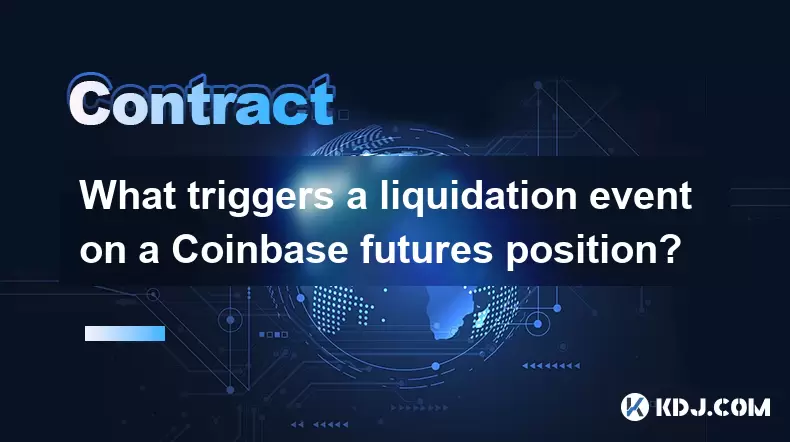
What triggers a liquidation event on a Coinbase futures position?
Aug 08,2025 at 01:15am
Understanding Futures Contracts on CoinbaseFutures contracts on Coinbase allow traders to speculate on the future price of a cryptocurrency, such as B...
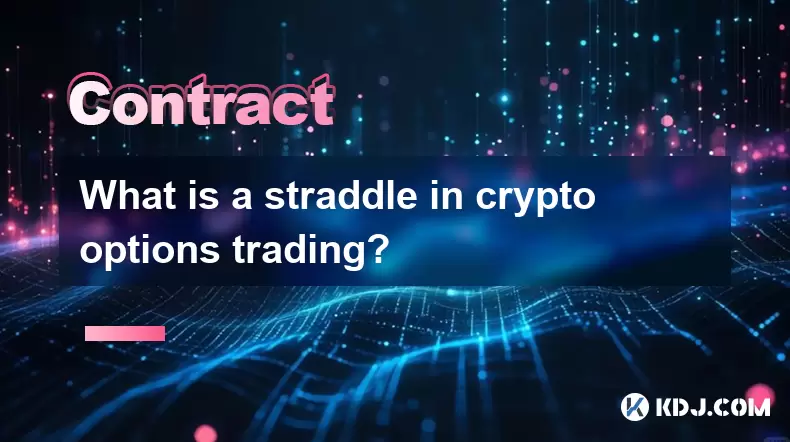
What is a straddle in crypto options trading?
Aug 07,2025 at 11:15pm
Understanding the Basics of a Straddle in Crypto OptionsA straddle is an options trading strategy used when a trader expects significant price movemen...
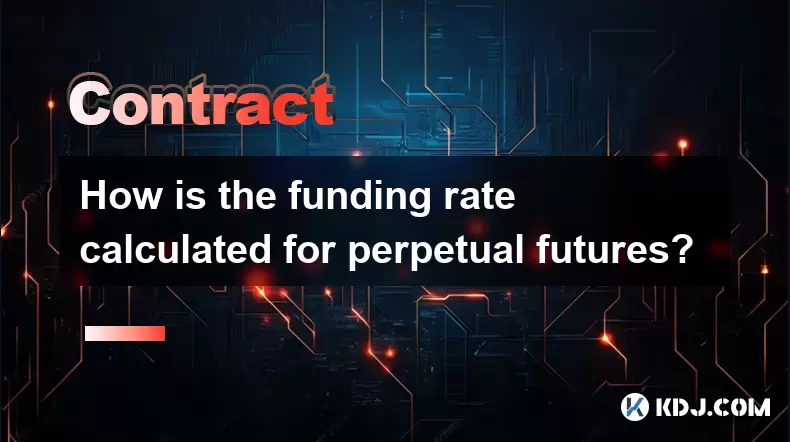
How is the funding rate calculated for perpetual futures?
Aug 07,2025 at 11:36pm
Understanding the Basics of Perpetual FuturesPerpetual futures are a type of derivative contract that does not have an expiration date, allowing trade...

What programming languages are used for smart contracts?
Aug 07,2025 at 06:07pm
Understanding Smart Contracts and Their Execution EnvironmentSmart contracts are self-executing programs deployed on blockchain networks that automati...
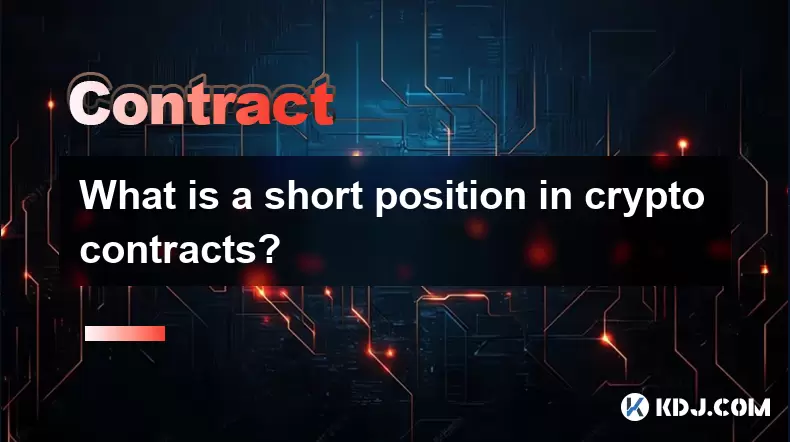
What is a short position in crypto contracts?
Aug 07,2025 at 11:42pm
Understanding the Concept of a Short Position in Crypto ContractsA short position in crypto contracts refers to a trading strategy where a trader prof...
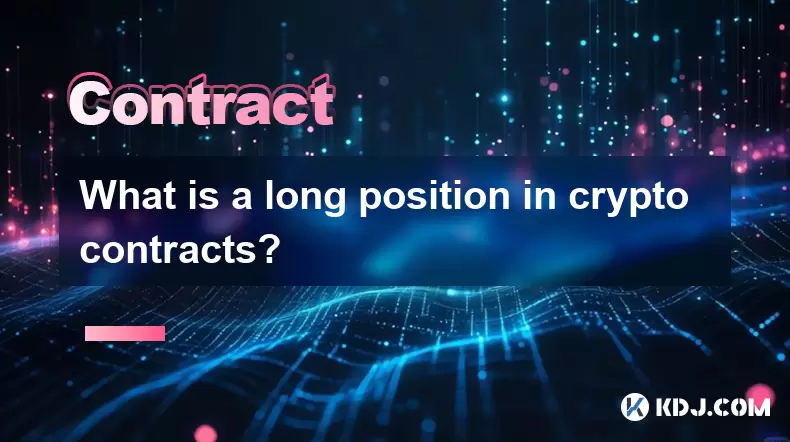
What is a long position in crypto contracts?
Aug 07,2025 at 06:29pm
Understanding the Concept of a Long Position in Crypto ContractsA long position in crypto contracts refers to a trading strategy where a trader buys a...

What triggers a liquidation event on a Coinbase futures position?
Aug 08,2025 at 01:15am
Understanding Futures Contracts on CoinbaseFutures contracts on Coinbase allow traders to speculate on the future price of a cryptocurrency, such as B...

What is a straddle in crypto options trading?
Aug 07,2025 at 11:15pm
Understanding the Basics of a Straddle in Crypto OptionsA straddle is an options trading strategy used when a trader expects significant price movemen...

How is the funding rate calculated for perpetual futures?
Aug 07,2025 at 11:36pm
Understanding the Basics of Perpetual FuturesPerpetual futures are a type of derivative contract that does not have an expiration date, allowing trade...

What programming languages are used for smart contracts?
Aug 07,2025 at 06:07pm
Understanding Smart Contracts and Their Execution EnvironmentSmart contracts are self-executing programs deployed on blockchain networks that automati...

What is a short position in crypto contracts?
Aug 07,2025 at 11:42pm
Understanding the Concept of a Short Position in Crypto ContractsA short position in crypto contracts refers to a trading strategy where a trader prof...

What is a long position in crypto contracts?
Aug 07,2025 at 06:29pm
Understanding the Concept of a Long Position in Crypto ContractsA long position in crypto contracts refers to a trading strategy where a trader buys a...
See all articles

























































































